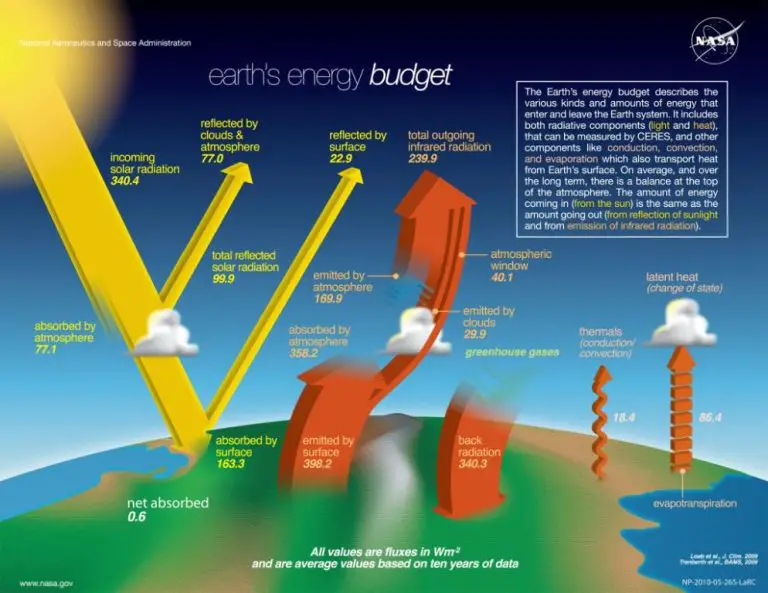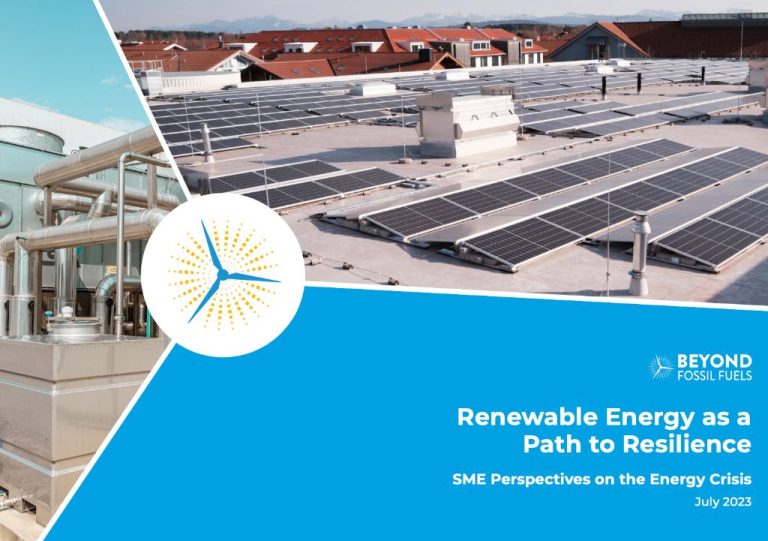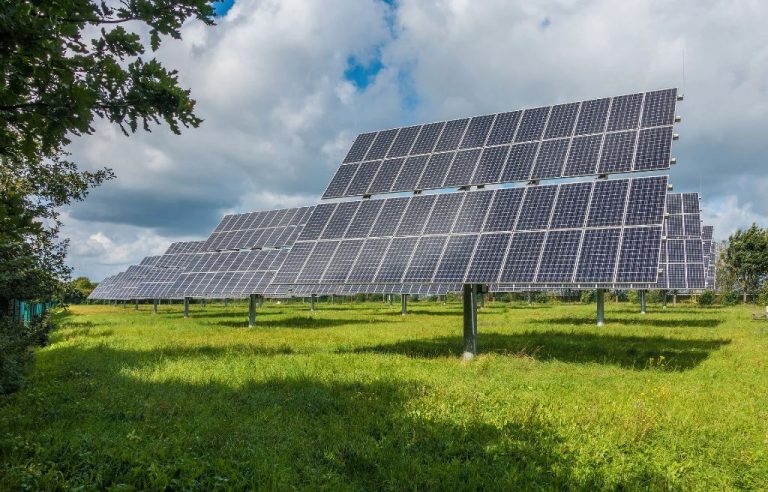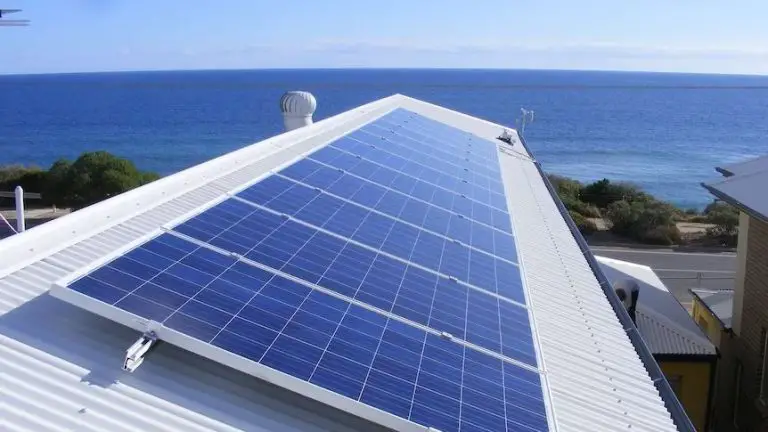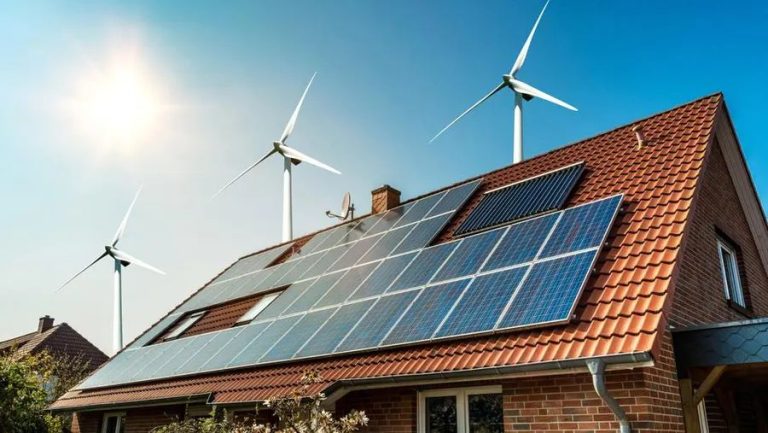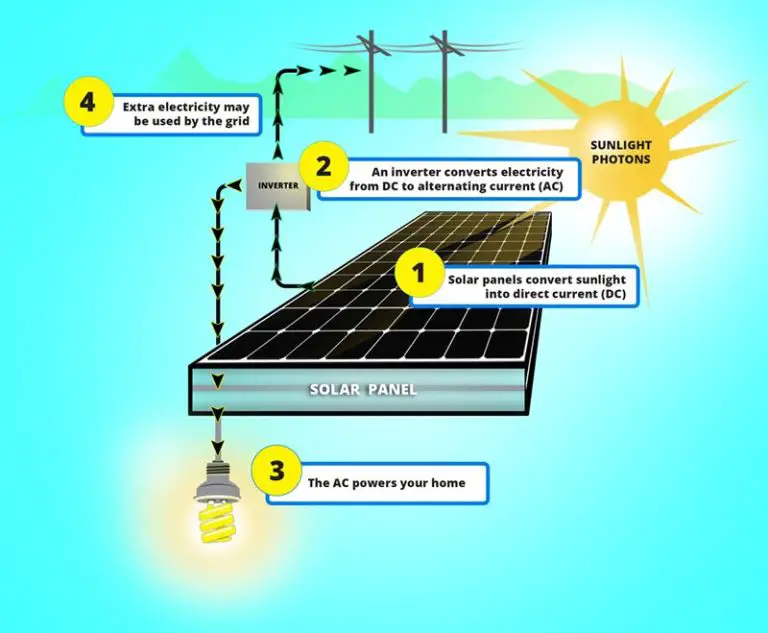Unlocking The Power Of Solar Energy: A Comprehensive Guide
Solar energy is the conversion of energy from sunlight into electricity or heat. Humans have harnessed solar power for thousands of years, but the modern solar industry really began in the 1950s with the invention of the silicon photovoltaic (PV) cell. Today, solar energy is one of the fastest growing renewable energy sources due to improvements in technology and cost reductions. Solar has the potential to play a major role in the transition to clean energy.
Solar power is more important now than ever before as we look to combat climate change by reducing dependence on fossil fuels. Solar energy offers a clean, renewable way to generate electricity and heat homes and businesses. This guide provides a comprehensive overview of solar technology, costs, incentives, storage, sustainability, and the future outlook. Understanding how to unlock the potential of solar energy is critical as we aim to power the world with affordable, renewable energy.
How Solar Energy Works
Solar panels harness the power of the sun and convert it into usable electricity through the photovoltaic effect. When photons from sunlight strike the semiconductor material in solar cells, they knock electrons loose from their atoms. Metal conductive plates on the solar cell collect the electrons and transfer them as electric current.
Solar thermal and solar PV systems are the two main technologies used to capture solar energy. Solar thermal uses mirrors or lenses to concentrate sunlight and produce high temperatures that can be used to turn a turbine or heat water. Solar PV converts sunlight directly into electricity using solar cells made of semiconducting materials.
The typical solar panel is made up of many individual solar cells wired together into modules. When sunlight hits the cells, the absorbed photons cause electrons in the semiconducting material to break free of their atomic bonds. Metallic conductors at the top and bottom of the cells collect these electrons and form an electric circuit to deliver power. This flow of electrons, or electric current, is the electricity that can then be used to power electrical loads.
Solar Energy Technology
Solar panels convert sunlight into electricity using a technology called the photovoltaic (PV) effect. When sunlight hits the semiconductor material in solar cells, electrons are knocked loose and flow through the material to produce an electric current. The more intense the sunlight, the more electricity is generated.
There are a few main types of solar panels used in PV systems today:
- Monocrystalline silicon – Made from a single cylindrical crystal of silicon, these are the most efficient but also most expensive panels.
- Polycrystalline silicon – Made from a block of silicon crystals melted together, less efficient than monocrystalline but cheaper.
- Thin-film – Use very thin layers of photosensitive materials on glass or stainless steel. Less efficient but cheaper and more flexible.
- Hybrid – Combine silicon crystal cells with thin-film cells for improved efficiency.
The efficiency of a solar panel indicates what percentage of sunlight is converted to electricity. Most residential panels are 15-22% efficient. High-end monocrystalline panels may reach 22-24% efficiency.
Recent advances in solar cell technology include multilayer cells, quantum dot cells, and perovskite cells. These new designs can capture more of the light spectrum and achieve higher efficiencies above 25%. Other innovations like bifacial panels, shingled cells, and trackers help maximize solar output.
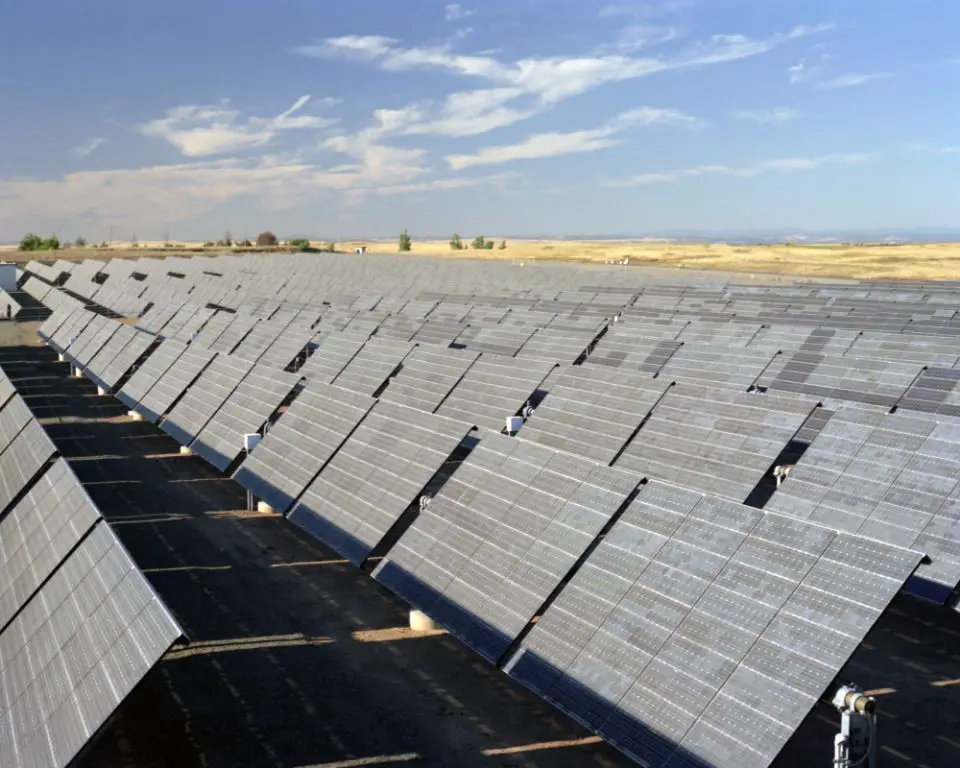
Installing Solar Panels
Installing solar panels on your home or business allows you to generate your own electricity from the sun’s energy. While solar panel installation may seem complex, the process can be broken down into several key steps. Here’s an overview of the solar panel installation process.
Rooftop vs. Ground-Mount
The first decision is whether to install solar panels on your roof or in a ground-mount system. Rooftop solar is the most common residential option and utilizes your roof space to support the solar array. Ground-mount systems install racks secured in the ground and are better suited for larger solar arrays. Tracking panels that follow the sun’s path across the sky are another option primarily used for utility-scale installations.
Permitting and Regulations
Most areas require permits for solar installations to ensure they meet local zoning and building codes. Your solar installer will typically handle the permitting process for you. You may need approval from your homeowners association as well if you live in a development with HOA oversight. Be sure to research state and federal tax credits, rebates, and incentives available to help offset the costs of installation.
Site Evaluation
A certified solar installer will visit your home to assess the site and determine the best areas for installing panels. Factors like roof size, orientation, shade, and structural integrity are evaluated. For ground-mount systems, available land area and sunlight exposure are assessed.
System Design
Your installer will design a solar system suited for your space requirements and energy needs. The size of the system, panel types, inverter specs, and mounting equipment are specified in a detailed proposal. You can select from grid-tied, off-grid, or hybrid system configurations.
Permitting and Interconnection
The necessary permits are obtained from your city or county based on the approved system design. Your installer will submit permit applications and drawings on your behalf. The utility company is notified to arrange for connecting your solar array to the electric grid.
Equipment Installation
The solar panels, racking equipment, inverters and other components are shipped to your site. Your installation team will schedule a multi-day installation process at your location. For rooftop solar, the racking system is secured to your roof’s rafters. Panels are then mounted and wired into strings before connecting to the inverter. The system is carefully tested for safety and performance.
Inspection
Once installation is complete, your local building inspector examines the solar system to ensure proper permitting and code compliance. Your utility company also inspects how your system ties into the grid before final approval.
Operation
After passing inspection, your solar array can begin generating clean solar energy for your home or business! Your installer will monitor performance and help you maintain energy production for years to come.
Costs and Financial Incentives
Installing a solar panel system on your home comes with upfront costs, but there are financial incentives that can offset the expense. The average cost to install solar panels on a home in the U.S. ranges from $15,000-$25,000 before incentives, with the exact cost depending on system size, panel efficiency, location and labor costs. However, between federal tax credits, state/local rebates, and long-term savings, solar panels can pay for themselves within 5-8 years.
The federal solar tax credit allows homeowners to deduct 26% of solar installation costs from their federal taxes. Many state and local governments also offer additional rebates and tax credits that further reduce net costs. With incentives, the out-of-pocket cost for an average 6 kW system drops to $10,000-$15,000. This upfront payment typically translates to a payback period of 5-8 years through electricity bill savings.
Over a 25-30 year lifespan, most solar panel systems generate $30,000-$40,000 worth of free electricity. This results in a return on investment between 15-25%, making solar power a wise long-term investment. By unlocking state and federal incentives, homeowners can go solar with little to no upfront costs and maximize ROI over the system’s lifetime.
Selling Solar Energy Back to the Grid
One of the benefits of installing solar panels is the ability to sell excess electricity back to the grid. There are a few different policies and programs that facilitate this process:
Net Metering
Net metering allows solar panel owners to send excess electricity they generate back to the grid. The home’s electric meter runs backwards as excess energy is produced, offsetting electricity consumed from the grid at night or on cloudy days. At the end of each billing cycle, the customer only pays for net electricity use.
Feed-in Tariffs
Feed-in tariffs are contracts between solar producers and utility companies that obligate the utility to purchase renewable energy. Solar panel owners are paid a fixed above-market rate per kWh for the clean electricity they send back to the grid. This provides an extra financial incentive for generating solar power.
Value of Solar
Value of solar tariffs aim to compensate solar customers based on the worth of behind-the-meter solar generation to the grid and society. This value includes avoiding fuel costs, new infrastructure, and environmental impacts. Value of solar rates are typically higher than traditional electricity rates.
Community Solar Programs
Community solar allows those who cannot install rooftop panels to subscribe to offsite shared solar projects. The energy produced is fed into the local grid, and subscribers receive bill credits proportional to their subscription share. This facilitates renewable energy access for renters and apartment dwellers.
Policies like net metering, feed-in tariffs, and community solar all enable rooftop solar owners to sell excess generation back to the grid. This helps offset their electricity bills while supporting grid reliability and renewable growth. Unlocking the full benefits of solar requires updating grid infrastructure and electricity rate structures to enable two-way power flows.
Solar Energy Storage
Battery storage systems allow households and businesses to store excess solar energy captured during daylight hours for use at night or during power outages. Lithium-ion batteries are the most common type used in home solar energy storage today. Compared to traditional lead-acid batteries, lithium-ion batteries have a longer lifespan, degrade slower, are lighter, and have a higher depth of discharge. There are different battery capacity options to meet different household energy needs.
Installing a solar battery storage system helps maximize self-consumption of the solar power generated. This increases energy independence and reduces reliance on the grid. Any excess solar energy that cannot be stored in the batteries is fed back into the grid as usual. Solar batteries also provide backup power during grid outages. Critical loads can remain powered using the energy stored in the batteries.
Storing solar energy with batteries allows households to shift solar energy generation from the daytime to nighttime use. This provides solar-generated power even after the sun has set. Solar batteries can be managed through monitoring systems to optimize charging from solar panels during the day and discharging at night based on household energy usage patterns. Proper solar battery sizing and management ensures enough storage capacity for nighttime lighting, appliances, electronics and other needs.
Solar Energy Sustainability
Solar energy offers significant sustainability benefits compared to fossil fuel energy sources. By generating electricity from the sun rather than burning coal, oil or gas, solar power avoids the carbon emissions that drive climate change. However, solar panel manufacturing does have some environmental impacts that should be considered. With proper solar panel recycling, land use planning, and manufacturing regulations, solar can be a truly clean and renewable energy source.
Solar panels generate electricity without any direct carbon emissions during operation. This allows solar energy to offset the millions of tons of greenhouse gases released from fossil fuel power plants every year. Widespread adoption of solar power is critical for reducing global carbon emissions and averting the worst impacts of climate change.
While solar panels themselves don’t release any emissions, there are still some impacts from manufacturing. Producing solar panels requires energy intensive mining and refining of materials like silicon and rare earth metals. There are also emissions associated with manufacturing facilities and transportation. However, even taking these impacts into account, one study found that solar power results in up to 15 times less carbon emissions per kWh than coal power. Improvements in solar manufacturing efficiency can further reduce these impacts.
At the end of their roughly 30 year lifespan, solar panels must be properly recycled to avoid waste products ending up in landfills. Most solar panel components like aluminum, glass and silicon can be reused or recycled. Proper recycling also allows recovery of silver, copper and other valuable materials. Some solar manufacturers and installers now provide recycling programs for old panels. Further developing recycling infrastructure and implementing solar panel take-back policies can support sustainability.
Solar power requires significant land area to generate utility-scale electricity. However, panels can also be installed on rooftops and over parking lots and reservoirs. With proper siting, the land use impacts of solar power are manageable. Unlike fossil fuel power plants, solar arrays don’t cause air or water pollution in the surrounding communities. Overall, solar offers an environmentally preferable option for generating electricity with minimal impacts compared to alternatives.
The Future of Solar
The future looks bright for solar energy. As costs continue to fall, solar is expected to keep growing at a rapid pace and play a major role in the global transition to renewable energy sources.
Projections show solar energy capacity growing exponentially in the coming decades. One forecast estimates solar capacity increasing 10-fold between now and 2050, supplying up to 20% of global electricity demand. Some experts predict solar will become the world’s largest source of electricity by mid-century.
Several key trends will fuel this solar growth:
- Improving solar panel efficiency and energy storage solutions
- Expanding large-scale solar farms and distributed rooftop solar
- New solar technologies like floating and printable solar panels
- Falling costs and government incentives making solar more affordable
As solar expands, it can transform energy systems and reduce reliance on fossil fuels. Widespread solar adoption can empower homeowners to become energy producers, improve grid resilience, and help companies and cities meet renewable energy goals. Solar offers a clean, renewable energy source that can provide sustainable power for the world’s growing population.
With many encouraging innovations underway, solar is poised to be a fundamental energy source worldwide. Unlocking the full potential of solar can create jobs, reduce carbon emissions, and allow all of society to benefit from this unlimited power.
Unlocking Solar Energy Potential
Solar energy has enormous potential to transform our energy system and reduce greenhouse gas emissions, but unlocking its full potential will require concerted efforts on multiple fronts. Here are some ways we can promote and accelerate solar adoption:
Policy and Regulations: Governments should implement strong policies like renewable portfolio standards, net metering, solar incentives, and streamlined permitting processes. Updating building codes to make rooftop solar mandatory for new construction is also impactful. Tax credits and rebates make solar more affordable.
Consumer Awareness: Many homeowners are still unaware of the benefits of going solar or have misconceptions about cost and complexity. Education campaigns and solar testimonials help drive adoption. Solar companies should focus on customer experience and make the transition easy.
Innovative Business Models: Options like solar leasing, community solar, and solar gardens allow more consumers to utilize solar energy with little to no upfront costs. Creative financing solutions can expand access.
Grid Integration: Modernizing the electric grid and enabling two-way power flows will maximize the value of distributed solar generation. Utility reforms may be needed to align company incentives with solar growth.
Advances in Technology: Continued declines in solar costs coupled with efficiency gains will make it increasingly cost-competitive. Investments in R&D and manufacturing will further drive down costs.
For readers interested in tapping into solar energy themselves, the first steps are understanding your options, checking your site suitability and energy usage, researching installer options and financing plans, and comparing system sizes and bids. Look into local incentives and policies as well. With solar more accessible than ever, now is the time to harness the sun’s limitless energy.

